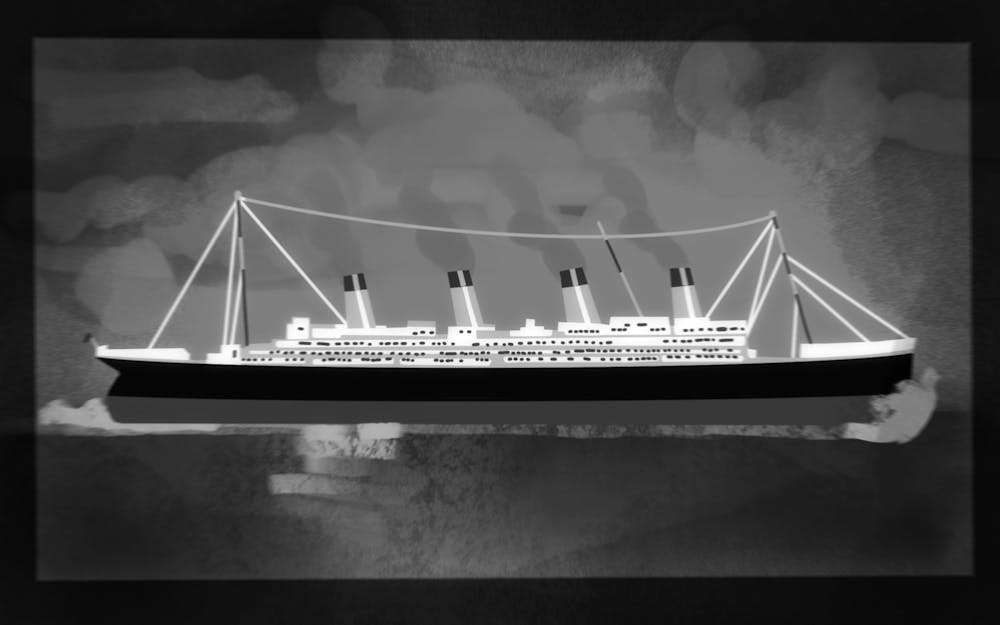On June 22, five people died in a submersible after their craft imploded.
The deaths are so tragic because they were so preventable. For the passengers, though, it was meant to be the chance of a lifetime. They were supposed to visit the wreck of the Titanic, which rests around 13,000 feet down at the bottom of the North Atlantic Ocean.
Their deaths have raised questions – such as why people would pay to visit what is essentially a mass grave. It’s one thing to visit the wreckage in order to research, as James Cameron has done many times in the past, but it’s an entirely different ballpark to descend to those depths for a purely commercial venture.
Dark or disaster tourism is the practice of visiting places of mass death or destruction. There’s a fine line between visiting these sites to remember the tragedies that occurred there and visiting to appeal to your own macabre curiosity. But something that should never happen at these sites is monetization – however, that’s what happens every day.
A simple example of the commercialization of death is the submersible itself. A seat in the fated Titan submersible cost $250,000. OceanGate, the company which ran the expeditions, was profiting heavily from a disaster which cost hundreds of lives, even if it was decades ago.
Monetary gain from death isn’t always perilous, though. Sometimes, companies will offer it up to you in a simple, easily-digestible fashion.
[Related: OPINION: The trouble with tourism]
Want to see where John F. Kennedy was assassinated? For just around $75, you can get a tour to see all the dirty details, including a convenient white X painted on the ground where Kennedy supposedly died.
Want to see where people’s lives and dreams were washed away during Hurricane Katrina? Some companies continue to offer tours of these areas, where you can visit the still-stricken Ninth Ward.
Countless other sites of death and destruction are plagued with this commercialization. Humans are fascinated with death, whether it’s from a place of mourning, curiosity or a bit of both. Where businesses see fascination, they latch on. Where there’s money to be made, it’ll be made.
A place that walks the line between monetized and mournful is the Flight 93 National Memorial in Pennsylvania. I’ve visited the memorial several times over the years, and I’ve seen it evolve from a simple field with a few wreaths commemorating the dead to a huge complex complete with a museum, parking lot and walking paths.
Don’t get me wrong, I deeply believe that it is important to memorialize those who tragically died in the 9/11 terrorist attacks. But turning what is, again, essentially a mass grave into a tourist attraction and day trip destination doesn’t sit right with me.
In my eyes, the attention should be taken away from the place where people died. The museum and memorial could be a few miles away in the nearby town of Shanksville, rather than right where the disaster occurred. The dead should be allowed to rest in peace, instead of attracting crowds.
[Related: OPINION: We fear capitalism, not technology]
Remembering and honoring the dead isn’t the problem. People should be allowed to visit sites of death to pay tribute to those who passed on. However, as soon as human grieving turns into profit margins, something needs to change.
If you’re interested in visiting places of tragedy, I encourage you to do so ethically. I don’t believe that it’s wrong to travel to sites where people died, but giving money to people who profit from their deaths is antithetical to their purpose as memorials.
And, of course, don’t pay $250,000 to descend to the seafloor in an unsafe submersible. But you already know that.
Danny William (they/them) is a sophomore studying media.




